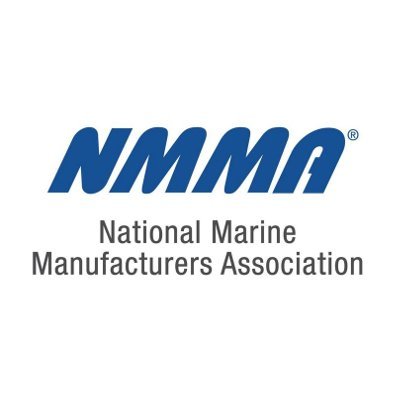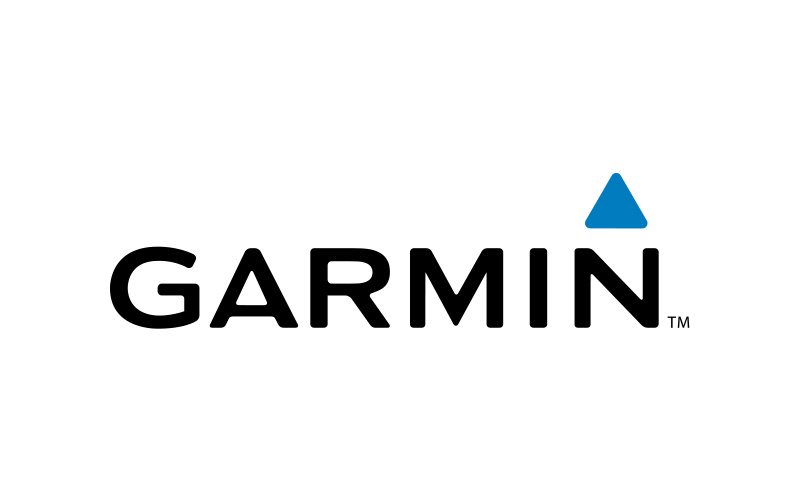Interview with Ben Speciale
Yamaha and Volvo Penta have developed expertise in two different segments of the engine market. Can you discuss the advantages you think a shared knowledge base between the two companies can create?
The shared knowledge base certainly plays a role where product development is involved, but our collaboration isn’t just about product development. It is also about finding synergies between our two companies and finding ways to reduce costs by agreeing to share resources.
In general, what is Yamaha’s position on partnerships? Is it a part of the company’s culture and something Yamaha has historically pursued, or is this something new the company is trying?
Collaborating with other companies is something that Yamaha has done for quite some time. In the marine group, we have been more than just a supplier of outboards to our customers. Over the years, we have consistently looked for ways to support our customers and bring value to our relationships. In some cases, the products we bring to market are created because of input we receive from our boat builders. There are quite a lot of boat builders with whom Yamaha collaborates. You could say collaboration is our nature.
We realize it’s early and you might not have firm answers yet, but can you discuss some ways that the partnership could make product development more efficient?
Product development is a huge expense, and it is generally easier to adapt an existing technology for a new use than it is to develop a new technology from the ground up. Collaborating on control technology with Volvo Penta means Yamaha won’t need to invest in ground-up technology for controls. That’s efficiency, and we hope to find other similar efficiencies in product development.
Similarly, do you imagine working together will have any effect on the time it takes to bring new products to market?
Yes. If you are reducing the cost of bringing the new product to market, you are, generally, also reducing the amount of time it takes to bring the product to market.
What do you expect the level of interaction between the companies will be? Only at a high level for now? Or will there be knowledge/best practice sharing and/or collaboration throughout the companies?
The initial meetings between the two companies will take place at a high level. Eventually, we envision there will be a number of project teams that include employees from all levels of both companies.
Finally, a few questions about the logistics of the partnership moving forward. First, what do you expect to accomplish in your first task force meeting?
We hope to identify areas where we will seek synergies. We might decide on training, for example, or dealer communication systems. Whatever those areas are, we hope to identify them, set objectives, and then decide on the makeup of the project teams.
Who will be participating in these meetings?
Primarily senior managers will take part in these meetings until such time as specific project teams are formed.




